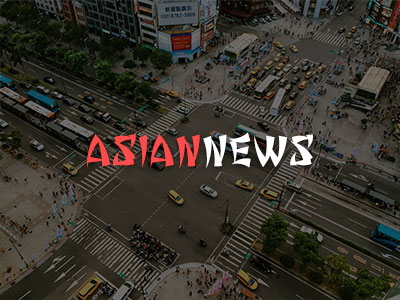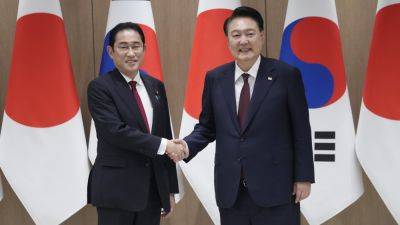‘Global South’ pretty much an empty euphemism
The term “Global South” has become increasingly prevalent in discussions about international relations, development and geopolitics. However, unlike the more precisely defined “Indo-Pacific,” the “Global South” lacks clear geographic boundaries and explicit meaning.
This lack of clarity is problematic because it can lead to suboptimal policy choices. It is important to communicate clearly among policymakers and with other countries.
Origins and usage
The term “Indo-Pacific” was popularized by the late Japanese Prime Minister Shinzo Abe in 2016. In contrast, “Global South” emerged as an exonym, coined by American activist Carl Oglesby in 1969 during the context of the Vietnam War. While “Indo-Pacific” is an endonym, self-designated and propagated by Japan, other countries in the region including the US, Australia, India and South Korea later adopted it. In contrast, “Global South” lacks a unified self-designation or ownership.
Global North vs Global South
Interestingly, there isn’t as much talk about the “Global North” in the northern hemisphere. Unlike the “Global South,” which lacks clear boundaries, the Global North isn’t equivalent to specific groups like the G7, NATO, or the EU. Illiberal northern powers like China and Russia pursue an alternative multipolar world order, distinct from the collective West.
Even within Western countries, differences exist in how they address global challenges from Russian invasion to Ukraine to situation in Gaza. The lack of a “Global North” accurately reflects the diverse nature of the developed states and developing countries in northern hemisphere.
Institutional challenges
The “Global South” also lacks its own umbrella institutions. Regional organizations (for example, ASEAN,







